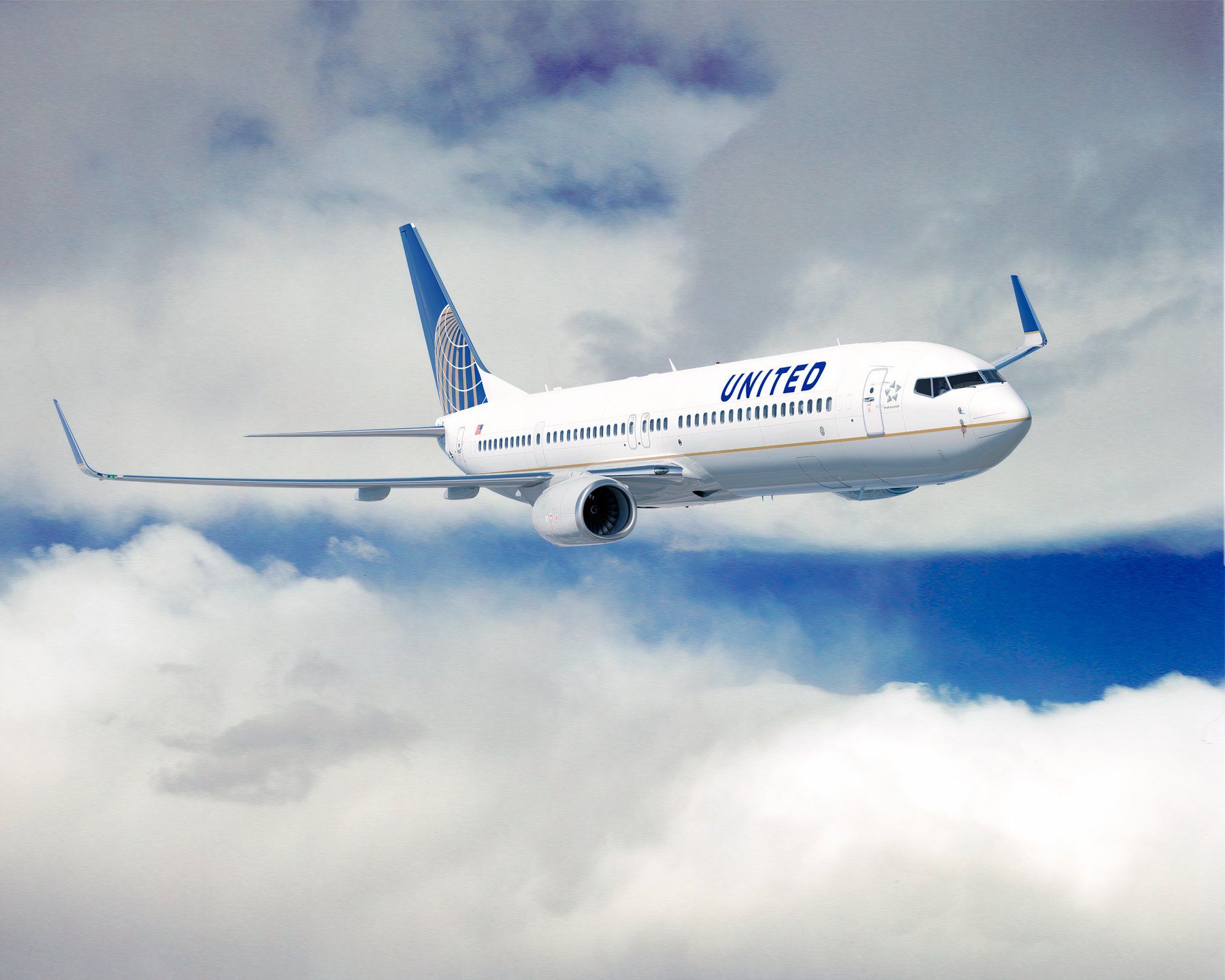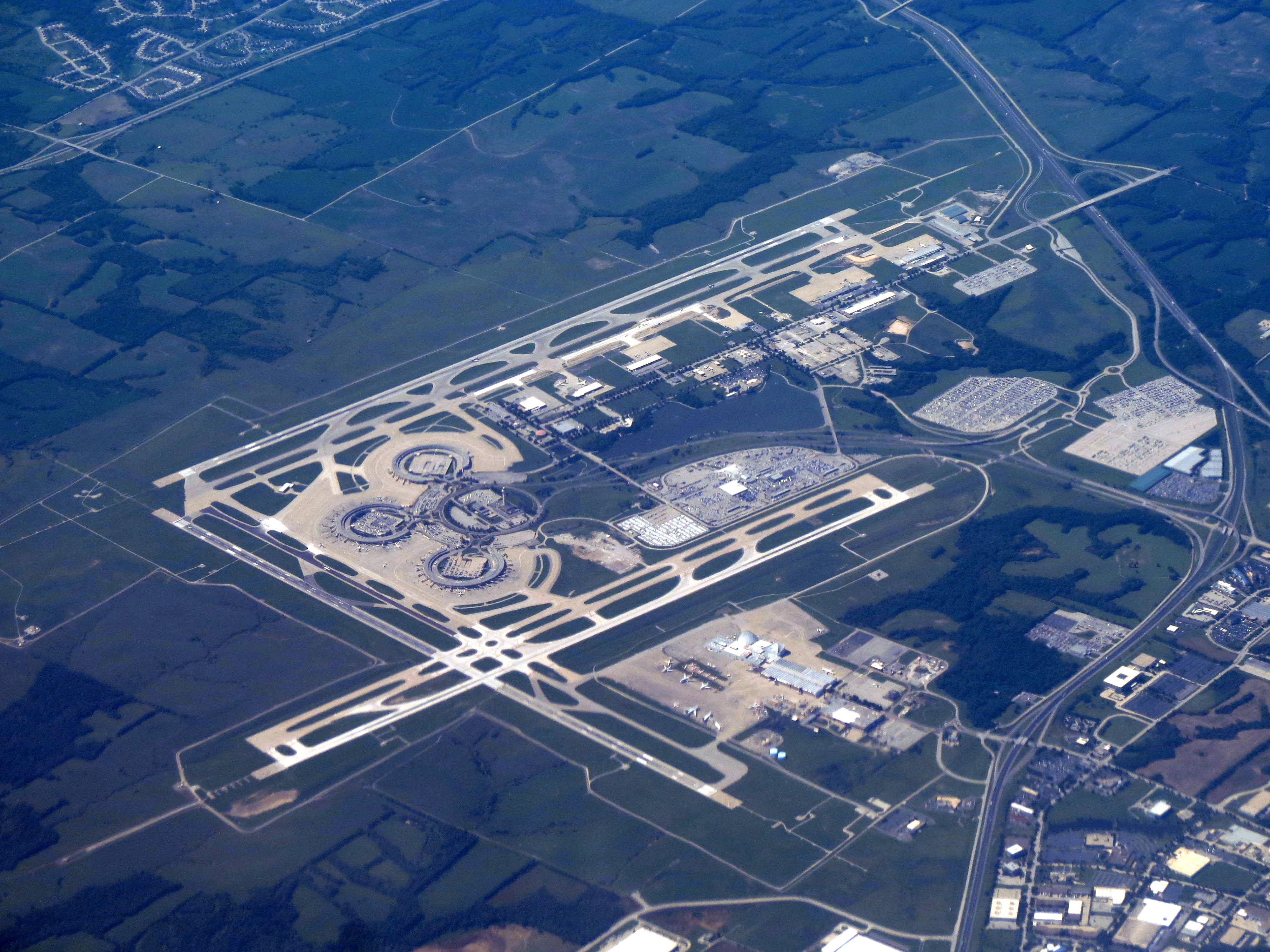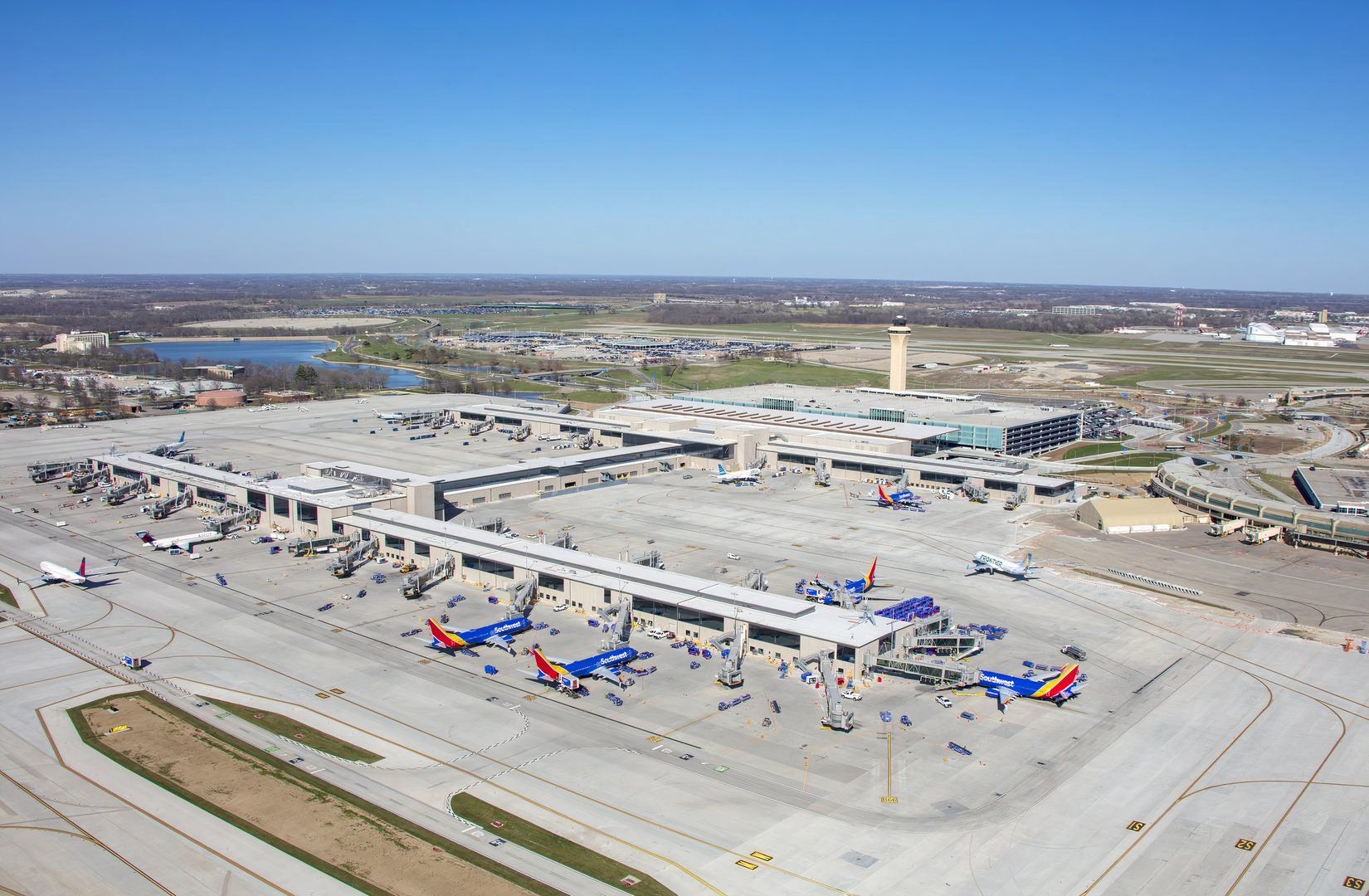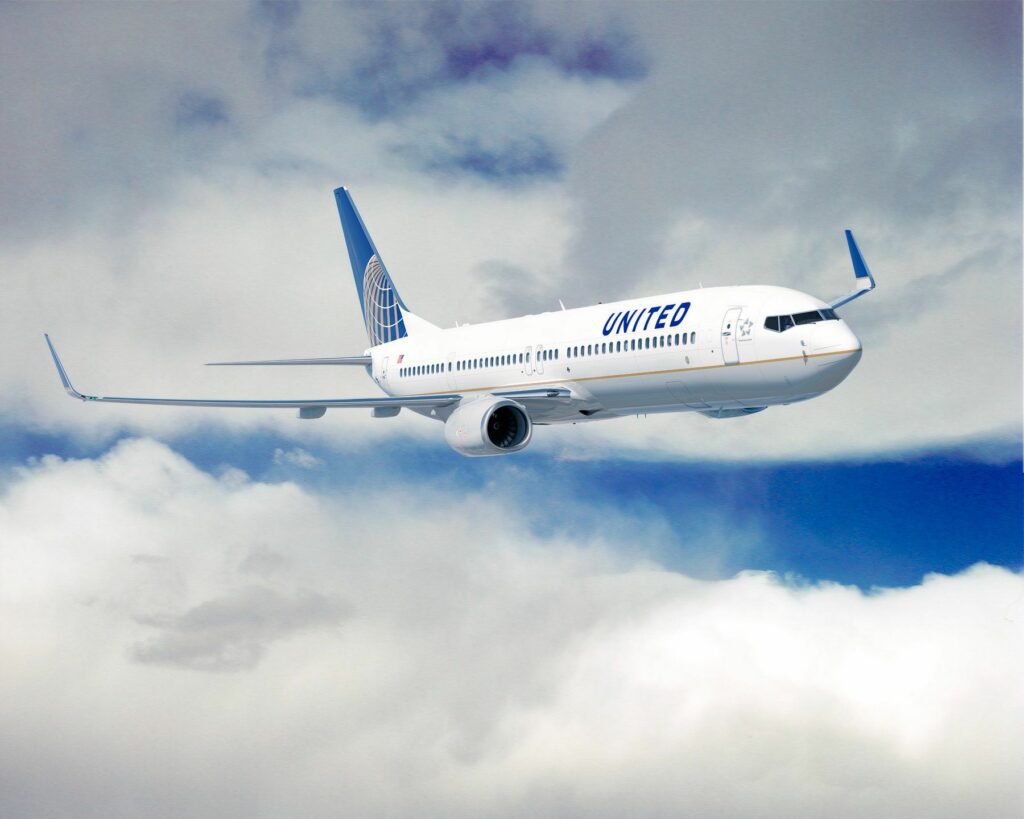Summary
MCI designed after 1951 floods & positioned away from rivers to prevent flood damage.
TWA collaboration led to becoming a global hub; created innovative terminal security post-9/11.
MCI underwent several renovations, new terminals, scanners, and handles over 11 million passengers yearly.
Kansas City International Airport (MCI) is located in Platte County, Missouri, 15 miles northwest of downtown Kansas City. It was initially known as the Mid-Continent International Airport (MCI).
Following the Great Flood of 1951, when heavy rains led to a significant rise of water in the Kansas and Missouri Rivers, 17 people died, and 518,000 were displaced.
Now faced with a massive rebuilding process, the city decided that it would be an opportune time to build a new airport with sufficient land for a 10,000-foot-long runway.
MCI became the main Kansas City Airport
Rather than trying to expand Grandview Airport (GVW) south of the city, planners chose a site north of the city and far enough from the Missouri River to ensure it would be safe in the event of another flood.
The city broke ground in September 1954 and had the first runway completed in 1956.

Photo: United Airlines
Now, no longer needing to use Grandview Airport (GVW), the city donated it to the United States Air Force (USAF). That same year, Trans World Airlines (TWA) agreed to move its overhaul base to the airport if the city spent 18 million on it and then leased it to TWA.
MCI was to become a global hub
In 1966, Kansas City raised a 150 million dollar bond to build an airport for the future with the help of TWA.
In the late 1960s, TWA was one of the country’s largest airlines. The airport was designed to be a hub for global travel and link the Mid-West United States to the world.
Because of the airport’s layout, after a spate of hijackings in the 1970s, rather than having a central security checkpoint, it was necessary to have a security checkpoint at each gate.
This proved expensive, and TWA requested that the city build a new terminal. When the city denied TWA’s request, rather than continue with its existing terminal, TWA moved all of its operations to St. Louis Lambert International Airport (STL), 300 miles east of Kansas City.
The TSA uses independent contractors at MCI
Following the September 11, 2001, terrorist attacks in New York and Washington, the United States government founded the Transportation Security Administration (TSA) to oversee the nation’s airport security.
In a move to see if the TSA could use independent contractors for airport security, MCI was one of five American airports where non-TSA staff screened passengers.

In November 2004, Kansas City International Airport (MCI) completed a $258 million terminal restoration and later added a rental car facility in 2007.
In 2010, the Transportation Security Administration (TSA)selected MCI as one of the first airports to use full-body scanners.
A new $1.5 billion terminal
Photo: Clark Construction
In March 2019, Terminal A was demolished so that the city could build a new $1.5 billion terminal designed by Chicago-headquartered SOM Architects.
Comprising 40 gates and the ability to add ten more, the new terminal opened on February 28, 2023. The new terminal also has an adjacent 6,200-car parking garage and two moving walkways to help passengers navigate through the airport.
Getting to and from Kansas City International Airport (MCI)
MCI is located near two major highways, Interstate 29 and Interstate 435. It has a consolidated rental car facility with dedicated shuttle buses to and from the airport.
The Kansas City Area Transportation Authority provides public transport to and from the city with a free 24/7 bus service.
The airport has three runways:
101L/19R (10,801 feet) 01R/19L (9,500 feet) 09/27 (9,501 feet)
In 2023, MCI handled 11,545,742 passengers, with Southwest Airlines being the largest carrier, followed by Delta Air Lines, American Airlines, and United Airlines. MCI has no direct flights to Europe but serves 61 destinations in North America, Mexico, and the Carribean.
Airlines at Kansas City International Airport (MCI)
Airlines
Destinations
Air Canada Express
Seasonal flights to Toronto Pearson International Airport (YYZ)
Alaska Airlines
Flights to Portland and Seattle and seasonal flights to Cancun and Puerto Vallarta.
Allegiant Air
Seasonal flights to Destin/Fort Walton Beach, Punta Gorda (FL), St. Petersburg/Clearwater
American Airlines
Chicago O’Hare International Airport (ORD), Charlotte Douglas International Airport (CLT), Miami International Airport (MIA), Phoenix Sky Harbor International Airport (PHX), and seasonal flights to Philadelphia International Airport (PHL) and Ronald Reagan Washington National Airport (DCA)
American Eagle
Philadelphia International Airport (PHL), Ronald Reagan Washington National Airport (DCA), and seasonal flights to Dallas Fort Worth International Airport (DFW) and New York LaGuardia Airport (LGA)
Delta Air Lines
Hartsfield–Jackson Atlanta International Airport (ATL), Detroit Metropolitan Wayne County Airport (DTW), Los Angeles International Airport (LAX), Minneapolis–Saint Paul International Airport (MSP), Salt Lake City International Airport (SLC), and Seattle–Tacoma International Airport (SEA). Seasonal flights to Boston and New York
Delta Connection
New York LaGuardia Airport (LGA), Boston Logan International Airport (BOS), John F. Kennedy International Airport (JFK)
Frontier Airlines
Denver International Airport (DEN) and seasonal flights to Phoenix
Southwest Airlines
Albuquerque, Atlanta, Austin, Baltimore, Burbank, Cancun, Chicago–Midway, Dallas–Love, Denver, Fort Lauderdale, Houston–Hobby, Indianapolis, Las Vegas, Long Beach, Los Angeles, Milwaukee, Minneapolis/St. Paul, Nashville, New Orleans, New York–LaGuardia, Oakland, Orlando, Phoenix–Sky Harbor, Sacramento, San Antonio, San Diego, St. Louis, Tampa, Washington–National Seasonal: Columbus–Glenn, Destin/Fort Walton Beach, Fort Myers, Miami, Montego Bay, Myrtle Beach, Panama City (FL), Pensacola, Portland (OR), Raleigh/Durham, San José del Cabo,[41] Sarasota, Seattle/Tacoma
Spirit Airlines
Boston Logan International Airport (BOS), Dallas Fort Worth International Airport (DFW), Detroit Metropolitan Wayne County Airport (DTW), Las Vegas Harry Reid International Airport (LAS), Los Angeles International Airport (LAX), Newark Liberty International Airport (EWR), Orlando International Airport (MCO, Tampa International Airport (TPA). Seasonal: Fort Lauderdale, Fort Myers, Myrtle Beach, Pensacola, Phoenix
Sun Country Airlines
Seasonal: Minneapolis–Saint Paul International Airport (MSP)
United Airlines
Chicago O’Hare International Airport (ORD), Denver International Airport (DEN), San Francisco International Airport (SFO). Seasonal: Houston International and Washington-Dulles.
United Express
Denver International Airport (DEN), Newark Liberty International Airport (EWR), George Bush Intercontinental Airport (IAH), Washington Dulles International Airport (IAD). San Francisco International Airport (SFO). Seasonal: Chicago–O’Hare
Viva Aerobus
Seasonal flights to Cancun
About Kansas City, Missouri
In 1803, the United States bought 828,000 square miles of land west of the Mississippi River from France, doubling the nation’s size. Called the
“Louisiana Purchase,” then-President Thomas Jefferson asked Captain Meriwether Lewis and his close friend, Second Lieutenant William lark. Clark will explore and map the new territory.
When they reached the confluence of the Kansas and Missouri Rivers, the pair wrote that it would be an excellent location to build a Fort.
By 1850, what later became known as Kansas City was a crucial stop in the United States’ westward expansion. At the time, the Santa Fe, California, and Oregon Trails all passed through the area.
Following the American Civil War (1861-1865), Kansas City proliferated to become the 22nd largest city in the nation, with a population of 163,752 residents.
By 1940, Kansas City had grown to have a population of around 400,000, of which 12.2% were African Americans. By 1970 the city had grown so much that it now encompassed 316 square miles, five times the size it was in 1940.
Source link : http://www.bing.com/news/apiclick.aspx?ref=FexRss&aid=&tid=66d3e0dbc9b5492fbc4526b6d07ca08f&url=https%3A%2F%2Fsimpleflying.com%2Fkansas-city-international-airport-history%2F&c=4445720731756566369&mkt=en-us
Author :
Publish date : 2024-08-31 16:00:00
Copyright for syndicated content belongs to the linked Source.
